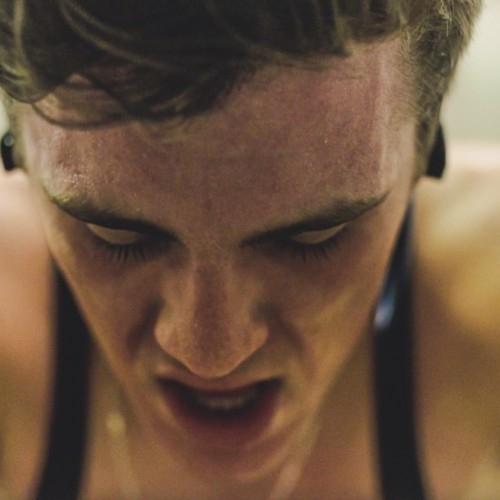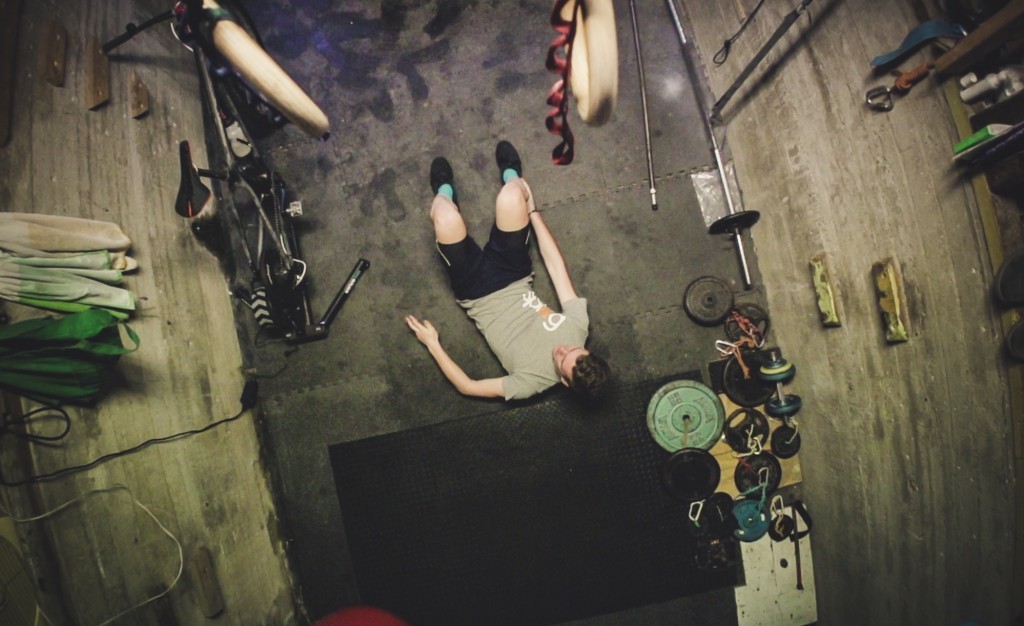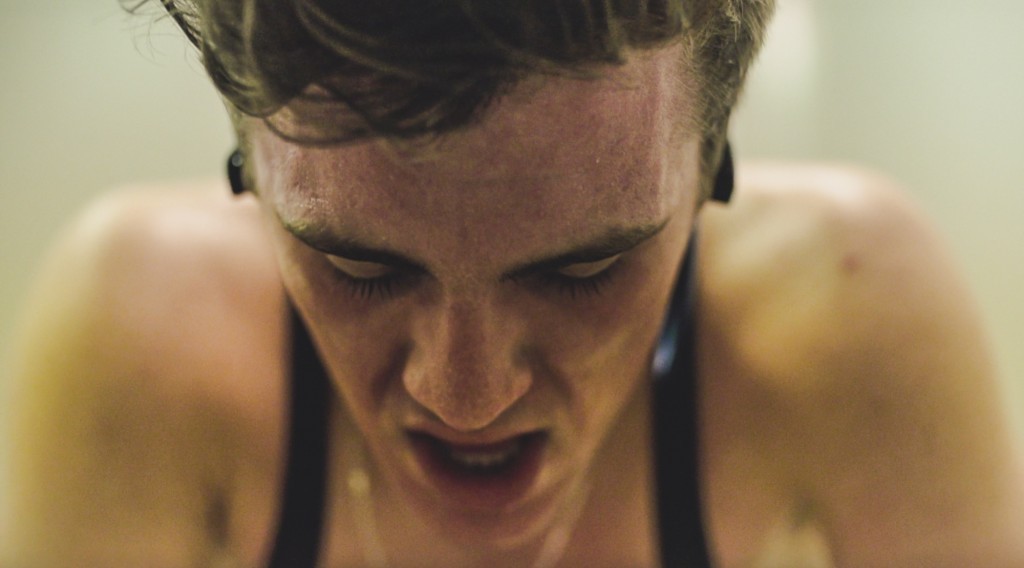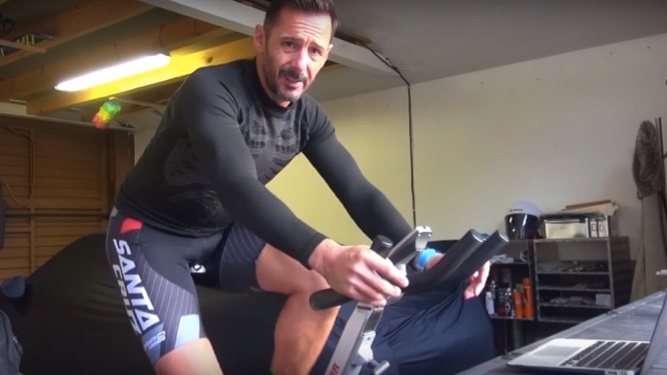
The Best 6 Actionable Tips for Improving Cycling Endurance Over Time
Features / Thu 20th Dec, 2018 @ 3:30 pm
We might be pre-empting the Christmas period of excess and fun a bit here, but if you’re looking to get ahead of the curve with your winter training (or January fitness fad) then it’s worth finding out how you can improve your cycling endurance with this handy six step guide. You’ll thank us one day!
For beginners and casual cycling enthusiasts, endurance can be quite a challenge because it requires some degree of consistency.
Even more, when you start looking for advice in this area, you’ll learn that almost everyone seems to have an opinion. The good news is that you don’t need to follow a strict pedaling schedule and you don’t need to do everything the so-called specialists preach.
Each cyclist has a unique rhythm, which means you should take every piece of advice and make it your own. To this extent, we did some browsing and found the best tips that work for most cyclists. Have a look and select the ones that work for you.
#1: Take the Time to Build your Base
If you don’t have a demanding job eating away your time and can afford to be on the bike every day, you may want to take it slow.
Specialists recommend a long training period (about 12 to 16 weeks) of low-intensity and long rides to strengthen your aerobic system and allow the body to get used to the idea. However, this approach won’t work if you don’t have the time or determination to be on the bike at least 20 to 30 hours a week.
The idea that sits at the base of this technique is training stress – you are slowly stressing the body to support longer rides.
#2: Polarized Training
For those who don’t have that much pedal time but still want to build up their cycling endurance, there is still hope!
This is about combining high-intensity rides with easy aerobic ones. So, when the time is short, amp up your exercise routing through intensity. When no one is rushing you, take it slow and go far.
According to specialists, the base fitness depends on your body’s mitochondria. According to research, sustained, low-intensity exercise leads to more mitochondria in the cell, while high-intensity activities make them more powerful.
Also, high-intensity intervals get the heart going for way longer than the duration of the ride. This increases the aerobic endurance of your system. So, if you manage to follow the rule of 80-20 (80% low to mid-intensity rides and 20% high-intensity rides), you should be building your endurance.
#3: Be Consistent
If you’re the kind of cyclist who starts out enthusiastic but loses motivation down the road, you’re not alone. However, you can’t build endurance and get fit for long bike rides if you’re not consistent.
So, to avoid losing motivation, start with a preparation period. Make a two-weeks plan where you decide to go for a ride, 30 minutes each day. It may seem like an extremely short ride, but it will help you build consistency.
Once you managed to follow through with your two-weeks plan, draw the line and check the results. Was it difficult to keep up with the schedule? If yes, why? If not, can you do better?
Based on the answers you give, build a new strategy that moves around your daily habits and allows you to build a new one. It may take time, but it’s the only way to get serious about cycling.
#4: Check your Gear
This may come as a no-brainer, but you can’t build endurance if your gear is not up for the task. For long ride training, you’ll need to make sure your bike is in perfect running condition. So, before you decide on the best technique to follow, first do a bike checkup.
Do a thorough inspection of your brakes, your shifters and gear levers, and don’t forget to make sure the tyres and wheels are in perfect shape. If they are not, consider choosing new ones online or in your local bike shop.
Keep in mind: the only way to increase your training efficiency is with a well-working bike that responds swiftly to your change of pace!
#5: Fuel Up!
As a cyclist, fuel resources are stored in your body as glycogen in muscles and liver, triglycerides (fats stored in the muscles), glucose in the bloodstream, and body fat.
As you work on your exercise routine, you’ll start craving food harder than ever before. This is natural since the body is burning more calories and building more muscle tissue that needs energy. However, it’s important to get the right fuel in to avoid losing battery power while on the bike or packing a few extra pounds you don’t need.
To get better results, especially with high-interval training, make sure to eat a simple carbohydrate snack an hour before going on the ride. You should also pack some snacks for the ride (about 60g of carbs per hour).
#6: Strengthen your Core
For a cyclist, the core is the most important area of the body because it creates a strong support system for the legs and increases stability while on the bike. Furthermore, core strength is imperative for longer rides because the stronger the core, the less you’ll experience fatigue.
So, whenever you’re not on the bike and find yourself with some time to spare, work on building core strength. It will be helpful in everyday life as well since a strong core supports the back and helps you maintain proper posture.
By Paul
Paul founded BikeParts (formerly known as Woolly Hat Store) in the 90s after finding a lack of stores offering low-cost yet reliable parts and accessories at larger national stores. The small business has grown steadily and has a large following of avid cyclists throughout the UK.






